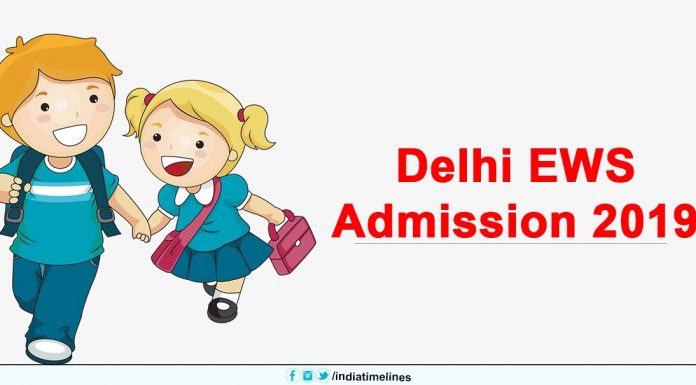
Practicing yoga and inversions like headstands can be invigorating and beneficial for overall health. However, some people may notice tiny red or purple spots on their face or neck after performing these exercises. These spots, known as petechiae, are typically harmless but can be concerning if you’re unfamiliar with them. This article delves into what petechiae are, why they appear after headstands, and how to manage or prevent them.
What are Petechiae?
Petechiae are small, pinpoint red or purple spots that can appear on the skin. They’re usually flat and don’t blanch (or turn white) when you press on them. Petechiae result from minor bleeding under the skin due to broken capillaries or blood vessels, and they can appear anywhere on the body.
How Do Headstands Cause Petechiae?
During a headstand, gravity causes blood to rush to your upper body, increasing pressure in the blood vessels of your face, neck, and scalp. For some people, this increased pressure can cause tiny blood vessels (capillaries) to burst, leading to the appearance of petechiae. The delicate vessels are more susceptible to breaking, especially if they’re exposed to a sudden increase in blood flow and pressure.
Is Petechiae Harmful?
In most cases, petechiae from headstands are harmless and resolve on their own within a few days. However, if you notice petechiae that appears frequently, spreads to other areas of your body, or is accompanied by other symptoms like fever, fatigue, or bleeding gums, it’s essential to consult a healthcare professional. Persistent petechiae can sometimes indicate underlying health issues, such as platelet disorders or certain infections.
Factors that Increase Petechiae During Headstands
- Intensity of the Inversion: The longer and more intense your headstand, the greater the blood flow to the upper body, potentially increasing the risk of petechiae.
- Blood Vessel Sensitivity: Some individuals naturally have more fragile capillaries, making them more susceptible to burst vessels during inversions.
- Skin Sensitivity: Those with sensitive skin may notice petechiae more easily.
- Hydration and Blood Pressure: Dehydration and fluctuations in blood pressure can affect capillary strength, potentially contributing to petechiae.
- Technique and Alignment: Poor alignment during headstands can increase pressure on certain areas, potentially increasing the likelihood of petechiae.
Tips to Prevent Petechiae During Headstands
- Ease Into Inversions: Gradually build your endurance and strength in headstands. Start with shorter durations to allow your body to adjust.
- Focus on Proper Technique: Ensure that your alignment is correct to distribute weight evenly and avoid excessive pressure on your head and neck.
- Practice Deep Breathing: Holding your breath can increase blood pressure. Practicing slow, steady breathing helps regulate pressure and circulation during headstands.
- Hydrate: Staying well-hydrated can help maintain capillary strength, which may reduce the risk of petechiae.
- Alternate with Lower-Pressure Poses: Mix headstands with gentler inversions, like shoulder stands or downward-facing dog, to minimize sustained pressure on your head and neck.
When to Seek Medical Advice
While petechiae from headstands are usually benign, consult a healthcare provider if you experience:
- Frequent, unexplained petechiae that occur even without inversions
- Petechiae accompanied by other symptoms like fatigue, bruising, or unexplained bleeding
- Petechiae that persist for longer than usual
India Time line
Conclusion
Petechiae is a common side effect for some people practicing headstands or other inversions. Usually, these tiny spots are harmless and resolve on their own. By practicing proper technique, listening to your body, and making small adjustments, you can reduce the likelihood of petechiae while enjoying the benefits of inversions. As always, if you have concerns about any unusual skin changes or symptoms, it’s best to consult a healthcare professional.
FAQs
- Can petechiae from headstands cause permanent marks?
No, petechiae typically fade within a few days and don’t cause permanent skin changes. - Is it safe to continue headstands if I notice petechiae?
Yes, if petechiae appear infrequently and without other symptoms, it’s generally safe to continue. However, if you’re concerned, consider shortening your inversion time. - How long do petechiae last?
Petechiae usually resolve within a few days as the body reabsorbs the small blood spots. - Can I prevent petechiae completely?
While you may not be able to prevent petechiae entirely, easing into inversions, practicing good technique, and staying hydrated can reduce the likelihood. - Are petechiae a sign of an allergy or skin irritation?
Petechiae aren’t usually related to allergies or skin irritation. They’re more likely due to blood vessel pressure, but persistent petechiae should be evaluated by a doctor.




























